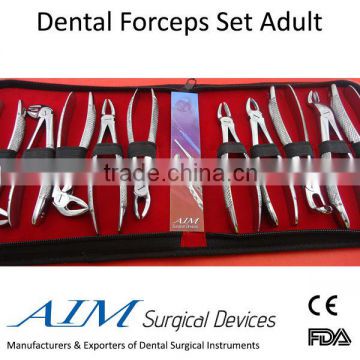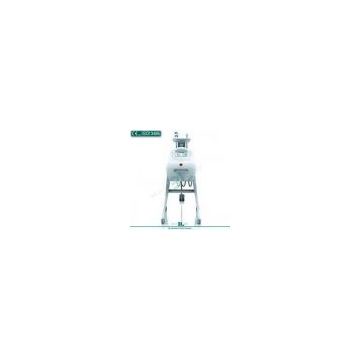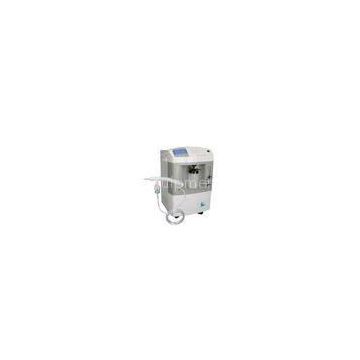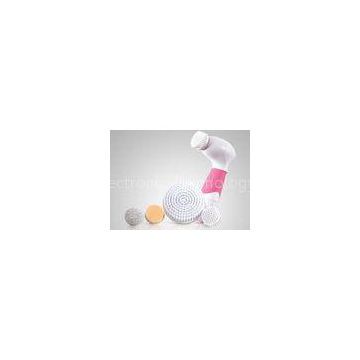Welcome!
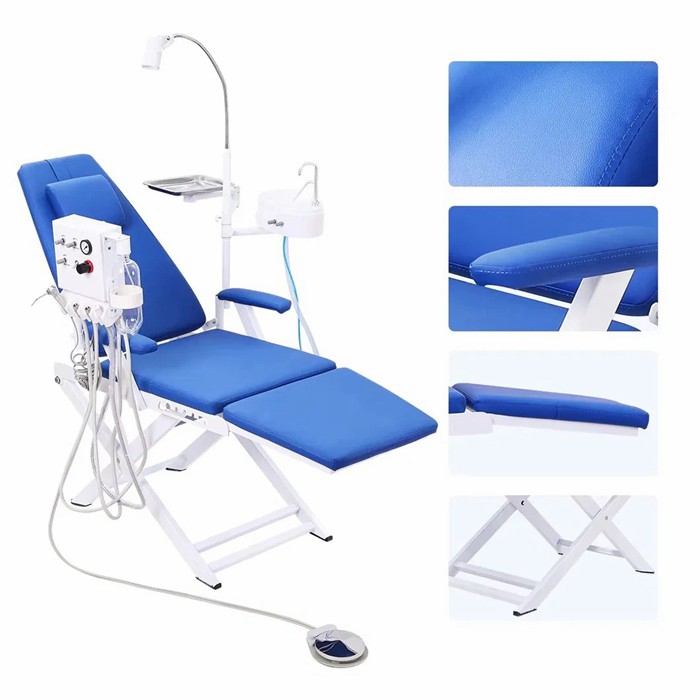

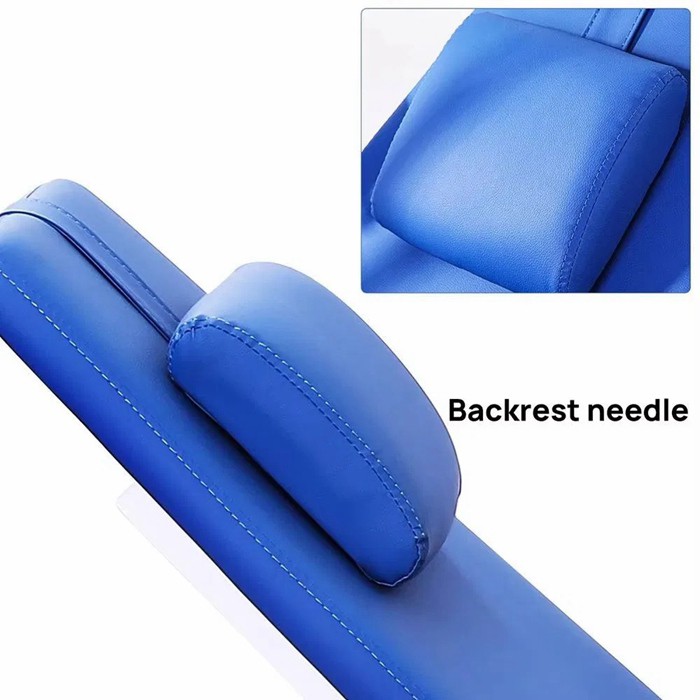
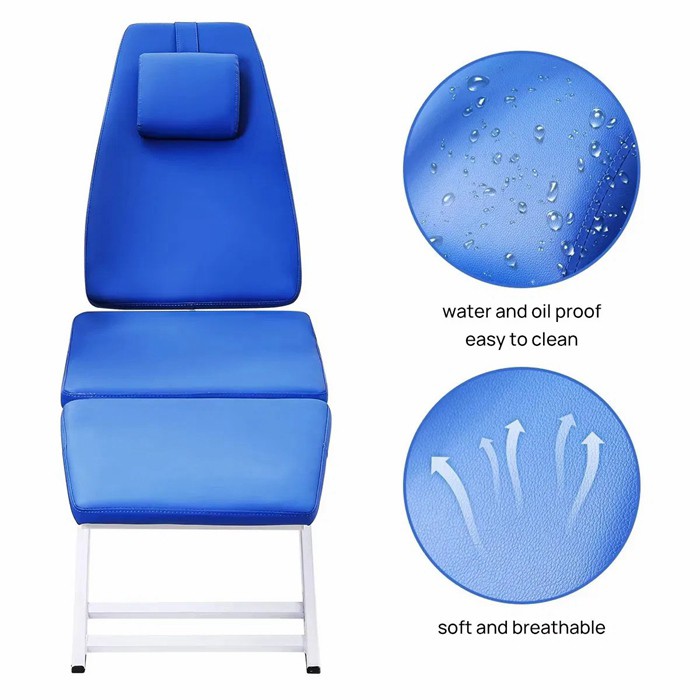
The Modern Dental Chair: Engineering Comfort and Efficiency in Patient Care
Product Description
The dental chair is far more than a simple piece of furniture; it is the operational heart of any dental practice. Today's models represent a significant leap in ergonomic design, technological integration, and patient-focused comfort. A modern dental chair is a sophisticated piece of medical equipment designed to enhance the workflow of the dental professional while simultaneously alleviating patient anxiety and ensuring a positive clinical experience. Its evolution from a basic reclining seat to a fully integrated patient management system reflects the advancing standards of oral healthcare.

Core Characteristics of a Contemporary Dental Chair
The defining features of a modern dental chair are centered on adaptability, support, and functionality. At its core is a powerful, smooth, and quiet hydraulic or electric movement system. This mechanism allows for a wide range of positions, from an upright seated posture for consultation to a near-horizontal position for treatment, all achieved with minimal noise to avoid startling the patient. The chair's design prioritizes ergonomics for both the patient and the clinician. Contoured, cushioned upholstery, typically made from high-quality vinyl or synthetic leather, provides patient comfort during lengthy procedures. These materials are specifically chosen for their durability and ease of disinfection, maintaining strict hygiene protocols.
A central characteristic is the integrated delivery system. This refers to how and where the dental handpieces (drills), air-water syringe, and ultrasonic scalers are presented to the clinician. Modern chairs often feature a chair-mounted unit, bringing the essential tools directly over the patient, or a side delivery system, keeping them within easy reach. This design minimizes awkward stretching and twisting for the dentist, reducing physical strain. Furthermore, many chairs come with built-in features such as a programmable position memory, a quiet and powerful cuspidor (spittoon), and an advanced intraoral camera or light curing system housed directly in the overhead light.
Significant Advantages for the Practice and Patient
The advantages of investing in a well-designed dental chair are substantial. For the dental professional, the primary benefit is enhanced ergonomics, which is crucial for preventing musculoskeletal disorders associated with long hours of precise work. The ability to position the patient optimally and access tools without contorting the body preserves the clinician's long-term health and career longevity. This directly translates into improved procedural efficiency, as streamlined tool access and pre-set positions save valuable time between steps.
From the patient's perspective, the chair plays a pivotal role in shaping their experience. A comfortable, well-padded chair that moves smoothly and quietly can significantly reduce anxiety. The inclusion of amenities like a heated seat, gentle back massage functions, or immersive entertainment screens further promotes relaxation, making a dental visit less daunting. For the practice owner, the durability and low-maintenance nature of modern dental chairs contribute to a lower total cost of ownership. Their reliable performance and easy-to-clean surfaces ensure they remain a central, dependable asset in the practice for many years, supporting a positive brand image of professionalism and care.

Primary Applications and Use Cases
The primary application of the dental chair is, of course, in the delivery of routine and complex dental procedures. It serves as the stable platform for everything from simple examinations and professional cleanings to more involved treatments like fillings, root canals, and crown preparations. Its versatility is key, easily adapting to the needs of various dental specialties.
In orthodontics, the chair positions patients for the placement and adjustment of braces. For periodontists, it provides optimal access for deep cleaning procedures such as scaling and root planing. Oral surgeons rely on its stability and positioning capabilities during extractions and other surgical interventions. The chair is also fundamental in pediatric dentistry, where its friendly appearance and gentle operation can help build trust with young patients. Essentially, any dental procedure that requires a patient to be reclined and a clinician to have precise, comfortable access to the oral cavity is facilitated by the modern dental chair.
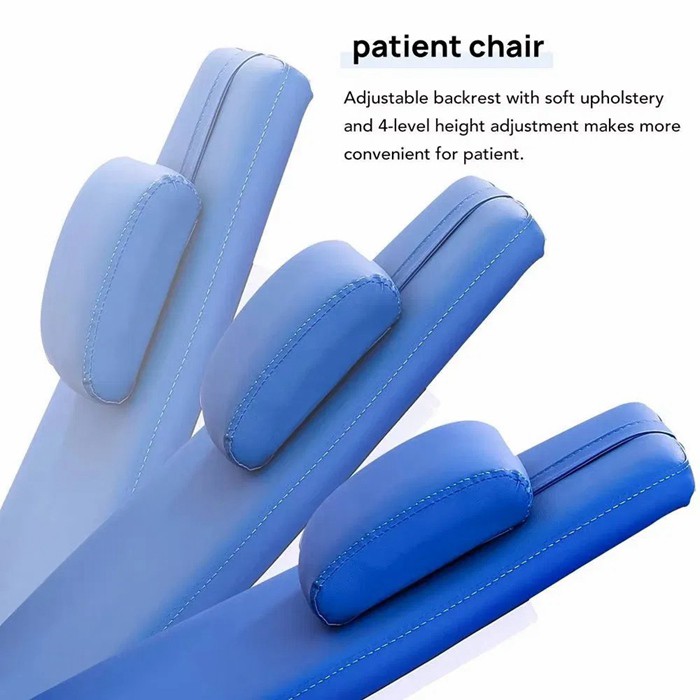
Frequently Asked Questions About Dental Chairs
What is the typical lifespan of a modern dental chair?
With proper maintenance and care, a high-quality dental chair can remain fully functional for well over a decade. The longevity depends on the initial build quality, the intensity of use in the practice, and the adherence to recommended cleaning and servicing schedules.
How important is the delivery system (chair-mounted vs. side cabinet)?
The choice of delivery system is a critical ergonomic decision. A chair-mounted system offers excellent accessibility and can reduce clinician movement fatigue. A side delivery system keeps the instruments off the chair, which some clinicians prefer for a less cluttered feel. The best choice is often a matter of personal workflow preference.
Are the upholstery materials resistant to stains and chemicals?
Yes, the vinyl or synthetic leather used is specifically engineered to be non-porous, resistant to staining from disinfectants and bodily fluids, and strong enough to withstand repeated cleaning. They are designed for a long service life under demanding clinical conditions.
Can older dental chairs be upgraded with new technology?
Many manufacturers offer upgrade paths for existing chairs. It is often possible to retrofit new upholstery, replace the control handpiece, or even integrate new instrument delivery systems, which can be a cost-effective way to extend the life and functionality of a chair without a full replacement.
What kind of maintenance do dental chairs require?
Routine maintenance involves daily surface disinfection and periodic deeper cleaning. Technically, it is recommended to have a certified technician perform a scheduled inspection and service annually to check the hydraulic or electric systems, lubricate moving parts, and ensure all safety features are functioning correctly.
Conclusion: A Foundational Investment in Quality Care
The modern dental chair is a testament to how engineering and design can converge to serve both the practitioner and the patient. It is a foundational investment that directly impacts the efficiency of the practice, the physical well-being of the dental team, and the overall comfort and satisfaction of the patient. By providing a stable, adaptable, and technologically supportive platform, a high-quality dental chair is not merely a purchase but a long-term partner in delivering exceptional dental healthcare. Choosing the right chair is a strategic decision that pays dividends in clinical performance and patient rapport for years to come.
Recommended Products
Recently Viewed
Contact Us
SH Brother Co., Ltd.



